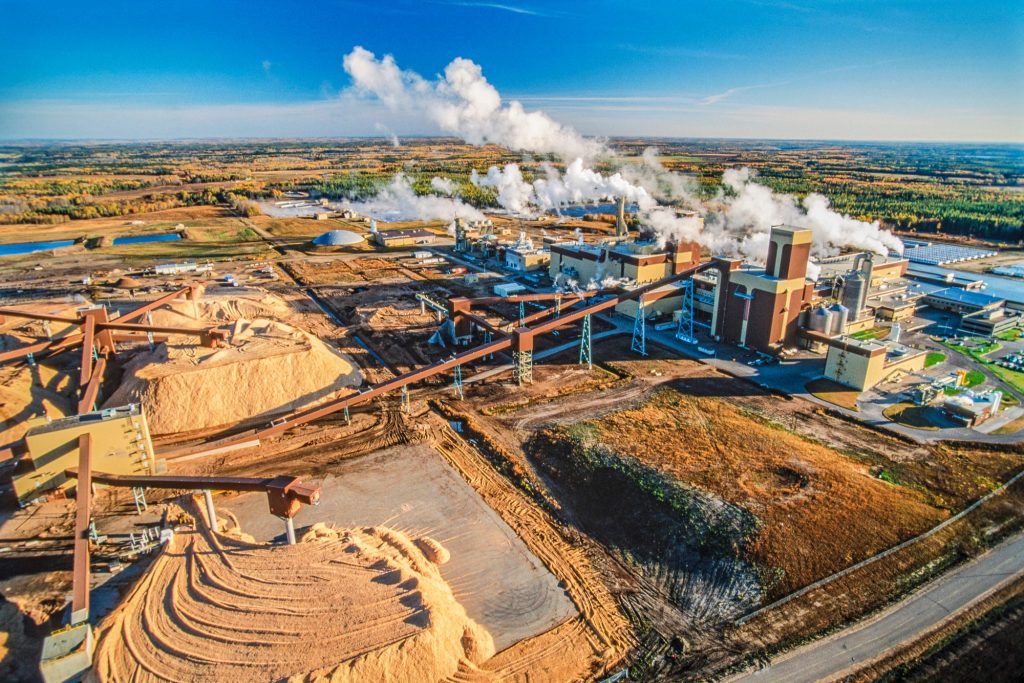Microsoft Buying Carbon Credits from Pulp and Paper Mills; Lessons for Qatari Businesses
Microsoft has signed a deal for 3.7 million carbon removal credits over a 12-year period with project developer CO280 expected to generate the credits from pulp and paper mills.
Could the pulp and paper industry be transformed into an engine for carbon removal? What lessons can Qatari companies learn from this carbon credit deal? Keep reading to learn more.
The deal
The deal is being raised by Microsoft and CO280, a project developer focused on capturing and storing carbon dioxide emitted from pulp and paper mills. The tech giant will purchase 3.7 million tons of removal credits from CO280 over a 12-year period.
The deal follows a smaller contract announced in December with Frontier, a coalition of companies that finds early-stage carbon removal projects. Support from these two heavyweight backers of carbon removal will help CO280 expand an existing pilot retrofit of a Gulf Coast mill to capture and 4,000 tons of carbon dioxide. According to Jonathan Rhone, Co-founder and CEO of CO280, the credits would cost less than $200 per ton.
Why is This Move Important?
Many U.S. pulp and paper mills are based on the Gulf Coast, an area that is already being targeted for carbon removal projects because it has good options for geologic storage. This means there is existing infrastructure for importing and burning biogenic carbon in a region where the emissions can be stored.
Lessons for Qatari Companies
1. Carbon Markets as Strategic Tools
Qatari companies can engage in the voluntary carbon market as buyers or project developers. They can also support local or regional carbon capture and storage (CSS) initiatives.
2. Invest in Nature and Tech-Based Solutions
Qatari businesses can partner with local or global project developers and explore innovative uses for industrial by-products or emissions.
3. Leverage Existing Infrastructure
Industries in Qatar can retrofit existing plants for carbon-capture or circular economy integration. LNG facilities and petrochemical plants can also serve as ideal sites for CCS deployment.
4. Build Domestic Capacity for Carbon Projects
From a national standpoint, Qatar can encourage the emergence of local project developers through funding and incentives. These can also be advanced with clear policy frameworks and joint venture agreements between the private sector and state entities.
How can businesses in Qatar position themselves for a carbon-free future? We would like to hear your thoughts in the comments.
Follow Icelis Global for more updates and ESG lessons
